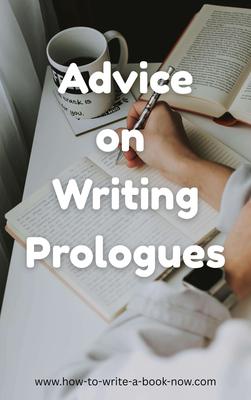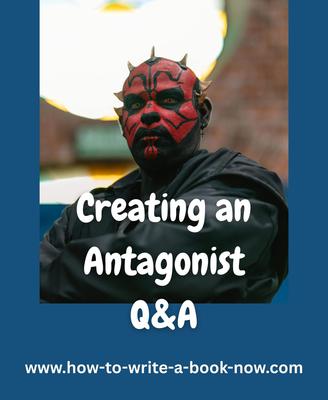How to make Plot Twists
by Layle
(Philippines)
Question: How exactly does one make a plot twist? It's my first time to write a story and I'd like to make a plot twist, how can I?
Answer: The essence of a good plot twist is that it surprises the reader. The best plot twists involve a radical shift in the reader's understanding of story's reality and its message. The reader gets well into the story thinking that they understand what the story is all about, only to encounter an event that reveals that they have been living under an illusion or false pretenses. They discover that actually a completely different story with a different meaning has been unfolding.
Of course, there are good plot twists and bad plot twists. Bad plot twists invalidate everything that has happened in the story so far. They make the story less meaningful.
To take an extreme example, imagine you are reading a romance story. The characters are well drawn, the plot is solid, and you are emotionally moved by the writing. But then, in the last chapter, for no apparent reason, a ninja bursts onto the scene and hacks the couple to bits. The ninja then leaves and the story ends.
One sometimes encounters juvenile writers who like such twists, but they are thoroughly unsatisfying. True, they surprise the reader. But they do so by invalidating all the events that have come before. They erase any meaning that might have been derived from the romance story, and replace that story with one that has no meaning -- a random event without explanation, motivation, or thematic message.
A good twist, on the other hand, makes a story more meaningful. It reveals a deeper layer to the events that
It's as though the reader has been living in The Matrix or The Truman Show, believing reality to be one thing, but (if they're observant) having a few nagging doubts. Then the twist is revealed and all the past events, seen in the new light, make more sense.
So how do you do that as a writer?
I think you should know what's really going on in the story, but conceal it from the reader (and possibly the main character) until the crisis. You can have some things happen earlier in the story that are not properly explained or may not quite make sense, so that some readers will have questions. Then, when the twist is revealed, the readers can look back and realize why everything happened as it did.
Of course, this is a standard technique in mystery stories where the killer often does things in secret so that the main character sees the results of the killer's actions but doesn't know who did them, how, or why until the climax.
You can use the same technique with other types of twists too. For instance, let's say the twist is that a young man is actually the son of his mother's lover rather than her husband (but no one knows this other than the lover and the mother). You can have the lover surreptitiously doing things to help his son throughout the story. The reader won't understand why until the twist is revealed at the climax, but afterwards will see that it makes sense.
Best of luck.
- Home
- Plot Questions
- How to make Plot Twists















